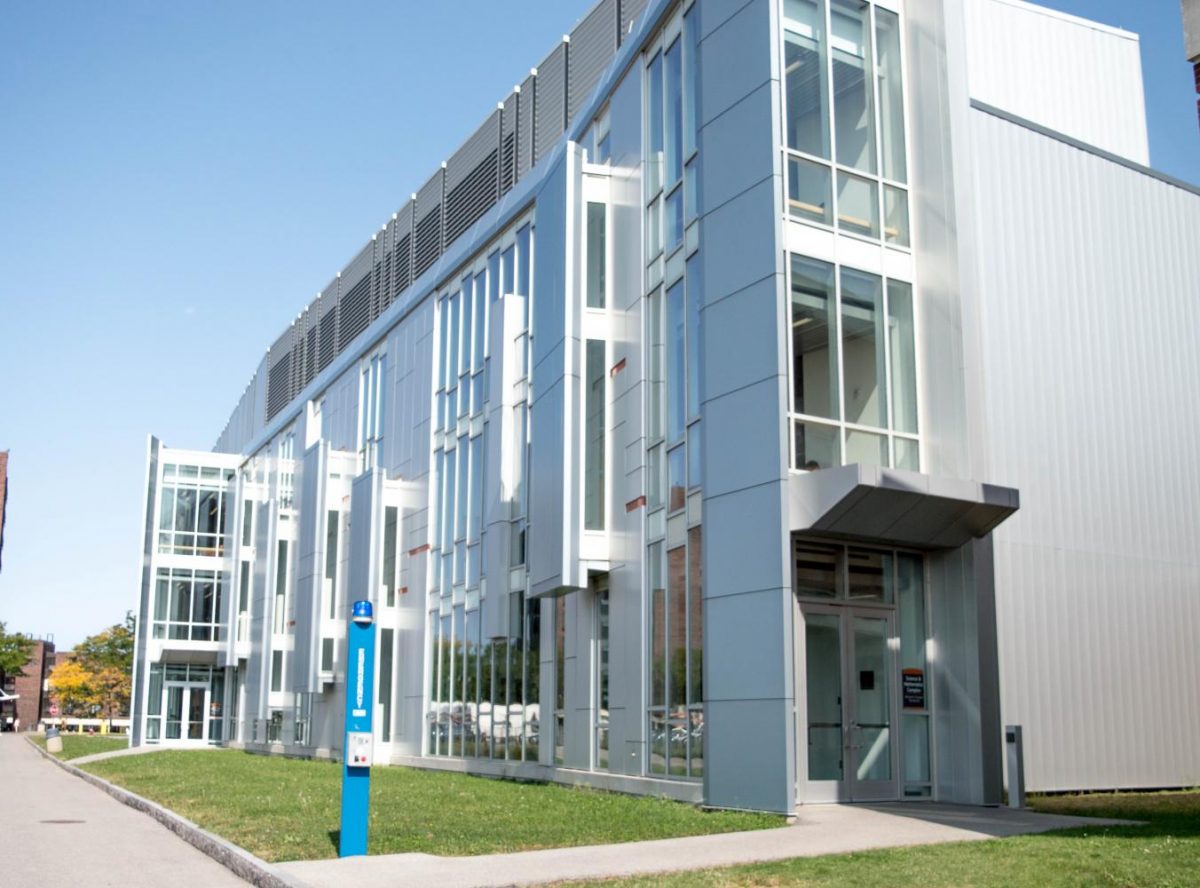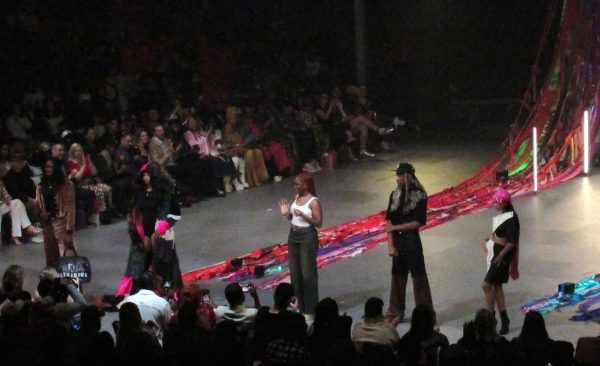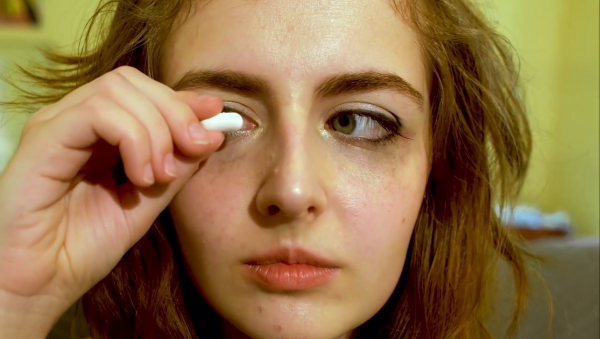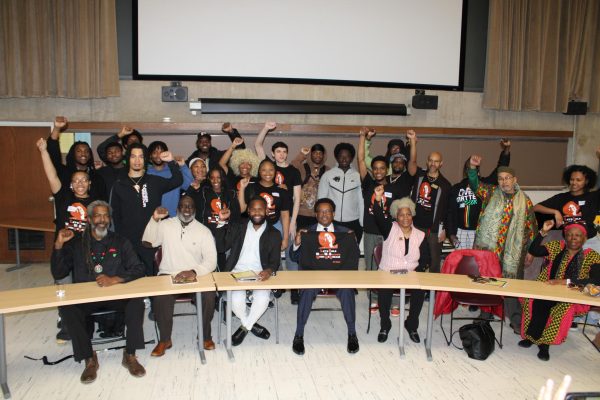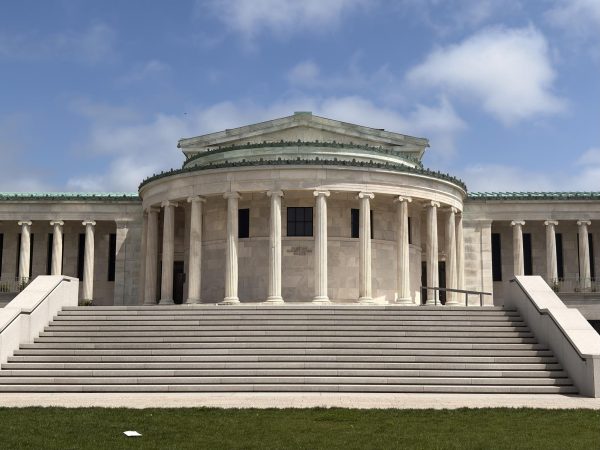Professor Spotlight: The interesting career of Dr. Williams
The sleek, fluorescent lighting built into the charcoal colored walls illuminates the space in a three-level atrium.
In one room, students are busy working with intricate machines. Strange sounds are emitted from another.
A student in a white lab coat walks past with a cart holding a mysterious apparatus. Her footsteps echo behind her.
These are just a few of the sights at the newly renovated Science and Mathematics Complex at SUNY Buffalo State College. Here, Dr. Kevin Williams teaches classes and is the director of the Whitworth Ferguson Planetarium, also located on the school’s campus. In addition, he has researched side by side with NASA where he worked with satellites currently orbiting the moon, as well as Mars. Williams received his Ph.D. in planetary geosciences and remote sensing from Arizona State University. He has been a professor at SUNY Buffalo State for over a decade now.
Prior to his days at SUNY, Williams worked with the Smithsonian’s Air and Space Museum in Washington, DC. There, he aided in the development of a cutting-edge piece of technology called the “Ground Penetrating Radar”. The GPR emits radar waves into the ground that can then be used to image the subsurface. It can also be used to gather information about rocks, soil, water, ice, and other unseen elements below the surface. And in the spirit of Halloween, the GPR can even be used to locate dead bodies. Williams has used the GPR at local cemeteries to help find the exact location of caskets at long lost burials.
Part of his work at the Smithsonian also involved developing a GPR system for a Mars rover. The European Space Agency is scheduled to launch a rover with this new technology to Mars in 2018, while the US will follow with a launch of its own in the summer of 2020. The rover will investigate a region of Mars where the ancient environment may have been favorable for microbial life, according to NASA.
“It’s the next phase of instruments going to Mars,” says Williams.
Brandon Luther, an inspector at a Rochester based engineering company, previously worked alongside Williams. He and his team used the GPR to locate buried foundations and structures at Old Fort Niagara. Located in Youngstown, NY, the fort was used in both the French & Indian War and the Revolutionary War.
Recalling his work with Williams at the historic site, Luther says “He’s the easiest person to work for and with,” and “I absolutely loved every minute of it.”
Williams has a very optimistic outlook on the idea of life on other planets. “I do think there’s lots of life out there in the universe. One of the more interesting questions is ‘Is there life in our solar system besides earth?’, and I think there is. There’s probably life on some of the moons of Jupiter and Saturn, maybe even on Mars.” Williams later added, “I think finding life within our solar system will happen in our lifetime.”
He is, of course, referring to microbial alien life, not Alien alien life. Regardless, the thought of discovering life on another planet is very intriguing.
On the thought of intelligent life lurking within the universe, Williams said: “Sometime in the future, I think it’s totally possible that we could have some sort of communication with other intelligent life.”
Regarding communication with intelligent life, Williams explained how he will often ask his students the thought-provoking question: “Let’s say that you’re in charge of deciding what the first message is that we want to say. What do you say?”
So let’s hear it. What do you say?


